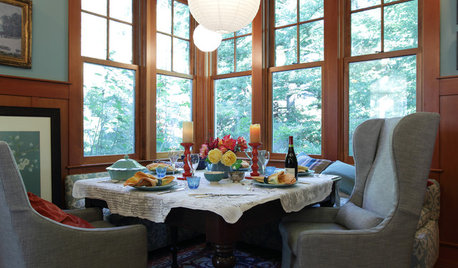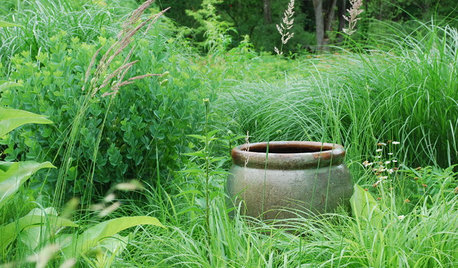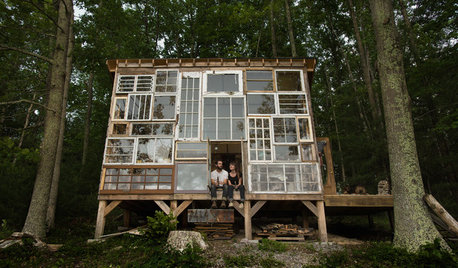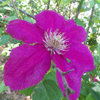silly clematis question!
brandymulvaine
14 years ago
Related Stories

PLANTING IDEASGreat Garden Combo: Rose + Clematis for Small-Space Impact
We all need somebody to lean on. And when a rose supports a climbing vine, the results can totally transform a small garden
Full Story
FEEL-GOOD HOMEThe Question That Can Make You Love Your Home More
Change your relationship with your house for the better by focusing on the answer to something designers often ask
Full Story
SELLING YOUR HOUSE15 Questions to Ask When Interviewing a Real Estate Agent
Here’s what you should find out before selecting an agent to sell your home
Full Story
WORKING WITH PROS9 Questions to Ask a Home Remodeler Before You Meet
Save time and effort by ruling out deal breakers with your contractor before an in-person session
Full Story
GREEN DECORATING8 Questions to Help You See Through Green Hype
With the ecofriendly bandwagon picking up some dubious passengers, here's how to tell truly green products and services from the imposters
Full Story
FUN HOUZZHouzz Quiz: What's Your Decorating Style?
Answer these 9 questions to find out what decorating style suits you best
Full Story
BEDROOMSHouzz Quiz: What Color Should You Paint Your Bedroom Walls?
Cool and soothing, or warm and spicy? Answer these questions and learn what hue is right for you
Full Story
BATHROOM DESIGNHow to Settle on a Shower Bench
We help a Houzz user ask all the right questions for designing a stylish, practical and safe shower bench
Full Story
GARDENING GUIDES5 Invaluable Life Lessons From the Garden
The garden is both teacher and healer. Don't be afraid — dig in and reap the benefits
Full Story
OUTBUILDINGSThe Glass-Walled Cabin That Romance Built
Envisioning sunsets and starry skies, newlywed artists construct a 1-room retreat on a family farm
Full Story






gardengal48 (PNW Z8/9)
nckvilledudes
Related Professionals
Accokeek Landscape Architects & Landscape Designers · Havre de Grace Landscape Architects & Landscape Designers · White Oak Landscape Architects & Landscape Designers · Elgin Landscape Contractors · Manchester Landscape Contractors · Salem Landscape Contractors · Waterbury Landscape Contractors · Brownsville Landscape Contractors · Dickinson Landscape Contractors · Dinuba Landscape Contractors · Oxnard Landscape Contractors · Pine Hills Landscape Contractors · Waipahu Landscape Contractors · West Haverstraw Landscape Contractors · Raytown Landscape Contractorsgardengal48 (PNW Z8/9)
nckvilledudes
gardengal48 (PNW Z8/9)
nckvilledudes
kitkat_oregon
chills71
brandymulvaineOriginal Author
michael_in_chicago